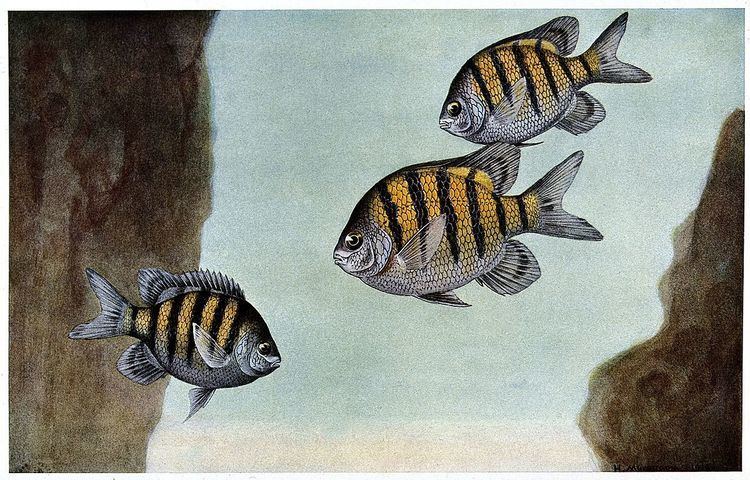Died 1954 | ||
 | ||
Hashime Murayama (1879–1954) was a Japanese American painter. He was best known for his exquisite paintings of birds, insects, fish, mammals, and other wildlife. Some of his work was featured in The National Geographic Magazine from 1921 to 1941.
Life
Hashime Murayama was born in Japan in 1879, and graduated in 1905 from the Kyoto Imperial Art Industry College. He came to the United States the following year. In 1910 his teacher’s daughter, Nao Makino, joined him, and they were married in New York City; their sons Ken and Sutemi were born in 1911 and 1919. Though he was employed as a technician at Weill Cornell Medicine for a few years, preparing slides, doing microscope drawings, and making models for anatomical study, he pursued a job as an artist. The National Geographic Society hired Murayama in 1921, and the 1926 Washington directory shows that “Hashime Murayama, artist” was the owner of a new house at 2436 37th Street, NW, in the brand-new neighborhood called Glover Park.
As an artist at National Geographic, he payed meticulous attention to his drawings, adding his distinct style to them and making them instantly popular. He painted fish, which were his personal favorite, frogs, spiders, ants, honeybees, wasps, and butterflies. To get sources from which to study, he kept bug specimens in a jar and visited aquariums to look at frogs, trout and salmon.
After a career of over twenty years as an artist, Murayama was fired in September 1941 for being an immigrant (and because Japan-United States relations were about to be severed due to the attack on Pearl Harbor) and placed under arrest. He was replaced as staff artist by Walter A. Weber, who was the son of immigrants as well, but was kept because his artwork was considered superior to Murayama's. For the remainder of the war, Murayama was watched closely, but allowed to resume studies of cancer cells at Cornell due to his talent.
Murayama continued to be the chief scientist in the study of cancer cells at Cornell University until his death in 1954. He was survived by his wife and two children. In 1966 his widow, Nao, became an American citizen.
